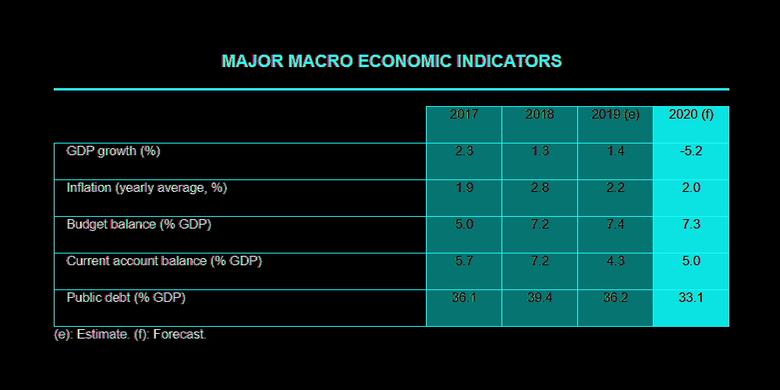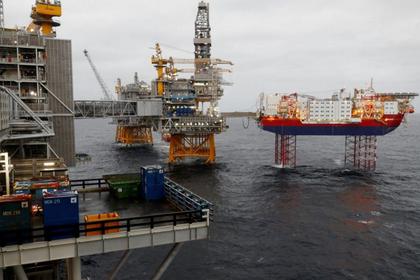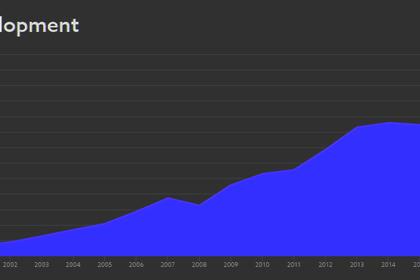
NORWAY FINANCIAL STRENGTH

IMF - August 12, 2020 - IMF Executive Board Concludes 2020 Financial System Stability Assessment with Norway
The Executive Board of the International Monetary Fund (IMF) concluded the Financial System Stability Assessment with Norway on July 22, 2020 without a meeting.
Much of the work of the Financial Sector Assessment Program (FSAP) was conducted prior to the COVID-19 pandemic, with the missions concluding on February 13, 2020. Given the FSAP’s focus on medium-term challenges and vulnerabilities, however, its findings and recommendations for strengthening policy and institutional frameworks remain pertinent. The report was updated to reflect key developments and policy changes since the mission work was completed. It also includes a risk analysis that quantifies the possible impact of the COVID-19 crisis on bank solvency.
Since the previous FSAP in 2015, the Norwegian authorities have taken welcome steps to strengthen the financial system. Regulatory capital requirements for banks were raised and actions were taken to bolster the weak capital position of insurers. Alongside other macroprudential measures, temporary borrower-based measures for residential mortgages were introduced, which seem to have had some moderating impact on segments of the housing market. The resolution framework was also strengthened, with the implementation of the Bank Recovery and Resolution Directive (BRRD) and the designation of Finanstilsynet (FSA) as the resolution authority.
The FSAP’s solvency stress tests indicate that while the COVID-19 shock is expected to have a significant impact on capital ratios, all banks in the test would continue to meet conservative hurdle rates of around 10 percent. Liquidity stress tests suggest short-term resilience, but potential for tensions over longer horizons. Given the unprecedented nature of the pandemic, the findings are subject to uncertainty and downside risks. A novel assessment of climate‑related transition risk suggests that sharp increases in carbon prices would have a significant but manageable impact on banks’ loan losses.
The Norwegian authorities eased macroprudential policies and took measures to support bank liquidity in response to the COVID-19 crisis, which has helped mitigate its impact. More broadly, financial sector oversight is well-developed though scope for improvement remains. The macroprudential policy framework is comprehensive but could be strengthened by defining a policy strategy and further improving interagency coordination. The operational independence of the supervisory authority should be increased. In addition, the risk focus of its supervisory activities could be further strengthened, involving greater scrutiny of smaller banks and foreign branches. The authorities should guard against a weakening of capital requirements arising from the implementation of European regulatory framework. They are also encouraged to strengthen the oversight of banks’ liquidity and funding risks and close data gaps. Remaining weaknesses in the effectiveness of AML/CFT supervision should be addressed. While Norway’s cybersecurity risk mitigation framework is advanced, cybersecurity risk oversight of payment systems should be further intensified.
-----
Earlier:










